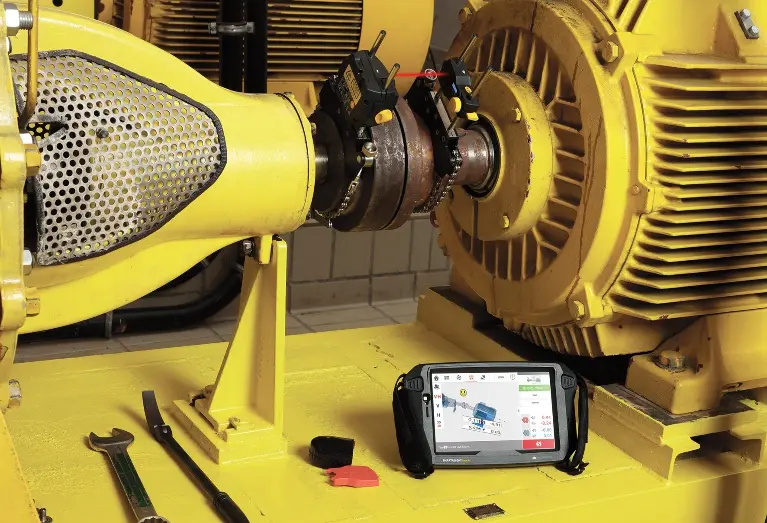
 Global Hotline
Global Hotline
Choosing the appropriate display module for industrial control equipment is a critical task involving multiple factors. Here are some important considerations and steps to help you select the right display module:

1. Needs Analysis
- Display Content: Determine the type of content you need to display, such as graphics, text, or video.
- Resolution: Choose an appropriate resolution based on the complexity and clarity requirements of the display content.
2. Display Type
- LCD: Suitable for most industrial control scenarios, providing good resolution and contrast.
- LED: Offers higher brightness and wider viewing angles, ideal for applications requiring high brightness and wide viewing angles.
- OLED: High contrast and vivid colors but more expensive, suitable for high-end applications.
3. Size and Resolution
- Size: Select a size that fits the panel of your equipment. Sizes that are too large or too small can affect user experience.
- Resolution: Ensure the resolution meets your display needs. For industrial devices, higher resolution may be required for clear data display.
4. Interface and Compatibility
- Interface Type: Verify that the display module’s interface is compatible with your industrial control equipment, such as HDMI, VGA, DisplayPort, LVDS, MIPI, etc.
- Compatibility: Ensure the display module is compatible with your existing control systems or graphic processing units (GPUs).
5. Environmental Adaptability
- Temperature Range: Industrial control equipment often operates in harsh environments, so choose a display module that performs reliably across a wide temperature range.
- Protection Level: Select an appropriate protection level based on environmental factors like humidity and dust, such as IP65.
6. Brightness and Contrast
- Brightness: In industrial environments with strong lighting, choose a display module with sufficient brightness.
- Contrast: High contrast helps improve readability under various lighting conditions.
7. Touch Screen Functionality
- Touch Screen: If touch operation is needed, select a display module with touch functionality and consider the touch technology (e.g., capacitive, resistive).
8. Vendor and After-Sales Support
- Vendor: Choose a reliable vendor that provides quality assurance and good technical support.
- After-Sales Service: Confirm whether the vendor offers repair and replacement services.
9. Cost-Effectiveness
- Budget: Select a display module that provides good value for your budget.
- Long-Term Costs: Consider maintenance and potential replacement costs over the long term.
During the selection process, you can also review relevant technical documents, conduct actual tests, and discuss specific needs and solutions with vendors.
If you have any questions about the industrial control equipment display, Gelivable is happy to provide technical support. Our email is: cao@gelivableglass.com
Here is Gelivable’s case study in the field of charging station display screens.
- Laser Detector Display Module: https://www.kanoudisplay.com/solution/industrial-control/41.html
- eismic Exploration system Display Module: https://www.kanoudisplay.com/solution/industrial-control/31.html
For more case studies, please follow Gelivable Display Modules.